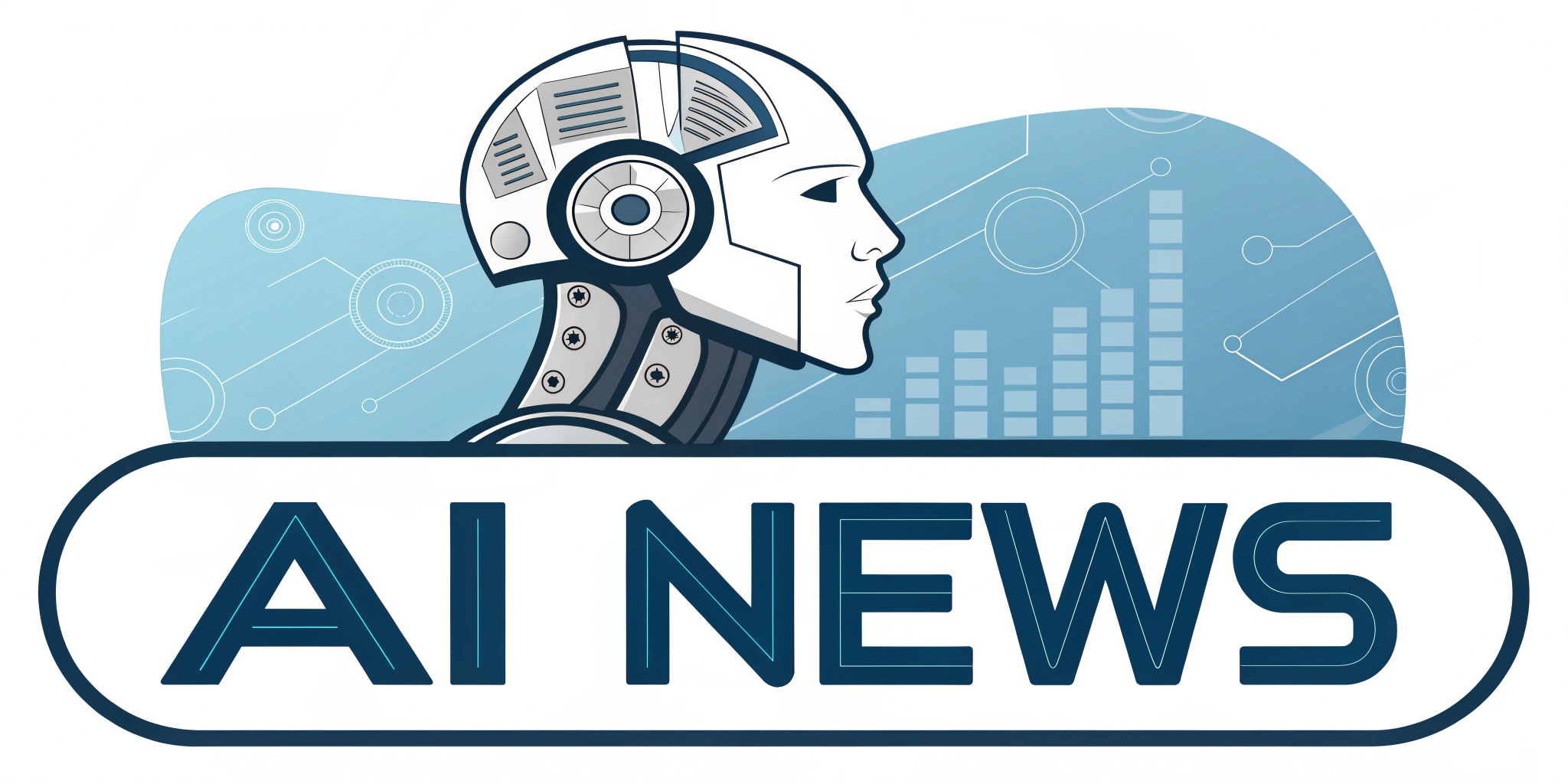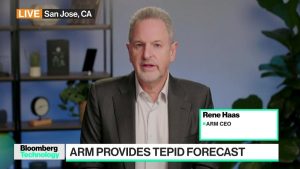In a recent interview, Demis Hassabis, co-founder of DeepMind, shared insights on the rapidly evolving landscape of artificial intelligence, particularly in light of emerging competitors like DeepSeek. While he acknowledged the extraordinary capabilities of DeepSeek’s new model, which reportedly achieves results comparable to industry giants like Gemini and ChatGPT for a fraction of the cost, he expressed skepticism regarding some of the claims made by the company. Hassabis noted that while DeepSeek’s achievements are commendable, they may not represent groundbreaking advancements in AI technology, highlighting the challenges of accurately measuring the cost and efficiency of model training.As tech giants like Alphabet plan meaningful investments in AI infrastructure, the stakes are high in the race to harness these cutting-edge technologies for societal and economic benefit. This discussion not only sheds light on the current capabilities of AI models but also raises questions about the future of investment and innovation in this competitive field.
DeepSeek’s Claims: Analyzing Model Efficiency and Cost Implications
In a climate where performance and cost efficiency are paramount, DeepSeek has asserted that its model optimally balances these elements, positioning itself as a formidable competitor in the AI landscape. The company claims to utilize advanced algorithms that minimize resource consumption, which purportedly enables them to deliver results on par with larger counterparts while maintaining a substantially lower operational cost. Their strategy hinges on creating a streamlined model architecture that emphasizes cost-effective scalability and rapid deployment,allowing for deployment in diverse applications ranging from natural language processing to image recognition.
Though,experts have raised questions about the sustainability of DeepSeek’s claims. The complexity of evaluating AI model performance often leads to misconceptions about overall effectiveness. It’s crucial to consider factors such as
- data quality
- training duration
- real-world applicability
in assessing true efficiency. While DeepSeek’s competitive pricing and speed may attract initial interest, the long-term implications for stability and reliability will require rigorous testing and validation across various scenarios. Understanding these dynamics is essential as the industry moves towards greater transparency and accountability in AI development.
The Competitive Landscape: How Gemini Stacks Up Against DeepSeek
Amid the evolving competition in artificial intelligence, Gemini and DeepSeek present contrasting approaches that highlight diverse operational philosophies. Gemini, developed under the auspices of Google and DeepMind, benefits from robust backing, leveraging vast datasets and advanced architectures to improve performance and user engagement. In contrast, DeepSeek aims to disrupt the market by offering models that reportedly match high performance with lower operational costs, prioritizing accessibility and scalability for its users. This divergent focus can be observed through:
- Investment in Resources: Gemini capitalizes on extensive cloud infrastructure, allowing it to handle large-scale data processing efficiently.
- User Experience: Gemini’s emphasis on intuitive interfaces and enhanced interaction features sets it apart in user satisfaction ratings.
- Market Strategy: DeepSeek’s agile development model allows for rapid iterations, appealing to businesses looking for fast deployment solutions.
As the discourse around AI regulation intensifies, Gemini’s well-established reputation serves as an advantage in gaining trust among stakeholders concerned with ethical AI practices. Meanwhile, DeepSeek’s fresh viewpoint introduces an element of innovation that could reshape industry standards, as users become more conscious of cost-effectiveness without compromising on performance. The dynamic interplay between these competitors may ultimately lead to a redefinition of success metrics in the AI sector, compelling both firms to address factors like:
- Regulatory Compliance: Navigating evolving legal frameworks will be crucial for both companies.
- Long-term Support: Sustainability of AI solutions will increasingly hinge on ongoing updates and community engagement.
- Technological Adaptability: The ability to pivot in response to user feedback will define future market leaders.
Alphabet’s Ambitious Investment Plans in AI and Data Infrastructure
Alphabet’s strategy involves a multi-faceted approach to bolstering its AI and data infrastructure capabilities, focusing on a combination of cutting-edge technology and collaborative partnerships. Key initiatives include:
- Expanding Data Centers: The company is investing in the construction of new data centers globally, aimed at enhancing data processing power and supporting advanced AI workloads.
- Quantum Computing Exploration: Ongoing research into quantum computing underlines Alphabet’s commitment to pioneering new frontiers that could significantly accelerate AI model training and performance.
- Open Source Contributions: By supporting open-source AI projects, Alphabet is fostering a community-driven ecosystem that encourages innovation and knowledge sharing across the industry.
This ambitious investment plan not only reflects Alphabet’s recognition of AI’s transformative potential but also positions the company to drive industry advancements. With a keen awareness of the competitive landscape, they aim to address critical areas such as:
- Ethical AI Development: Prioritizing responsible AI practices in line with global regulatory expectations, ensuring that innovation goes hand in hand with societal impact.
- Talent Acquisition: Attracting top-tier talent in AI and machine learning to stay ahead in research, ensuring that their teams are at the forefront of technological breakthroughs.
- Scalability of Solutions: Developing AI solutions that not only yield immediate results but are scalable and adaptable for future applications across various sectors.
The Broader Economic Impact of AI Advancements on Society and Productivity
The ongoing evolution of artificial intelligence is poised to profoundly reshape the economic landscape, fostering productivity and altering job dynamics across multiple sectors. With technological advancements facilitating smarter workflows and improving efficiency, businesses are beginning to recognize AI not just as a tool, but a pivotal driver of growth. Several key aspects of this shift include:
- Enhanced Decision-Making: AI systems can process vast amounts of data rapidly, leading to more informed decisions that boost operational efficiency.
- Workforce Transformation: While AI may automate certain functions, it together creates opportunities for new roles focused on AI management and oversight, driving demand for specialized skills.
- Global Competitiveness: Nations prioritizing AI investments are likely to establish significant economic advantages,positioning themselves as leaders in innovation.
Furthermore, the impact of AI stretches beyond individual firms, catalyzing broader economic changes that challenge traditional market structures. As organizations embrace AI for versatility and adaptability, they are likely to lead shifts in consumer behavior and industry standards. Significant considerations for this ongoing transformation include:
- Market Disruption: New entrants,empowered by AI,can compete effectively against established players,prompting a reevaluation of market strategies.
- Supply Chain Optimization: AI enhances logistics and inventory management, promoting more responsive supply chains that better meet consumer demands.
- Investment in Research & Development: Sustained AI advancements demand ongoing investment, critical for nurturing innovation ecosystems that drive continuous improvement.























